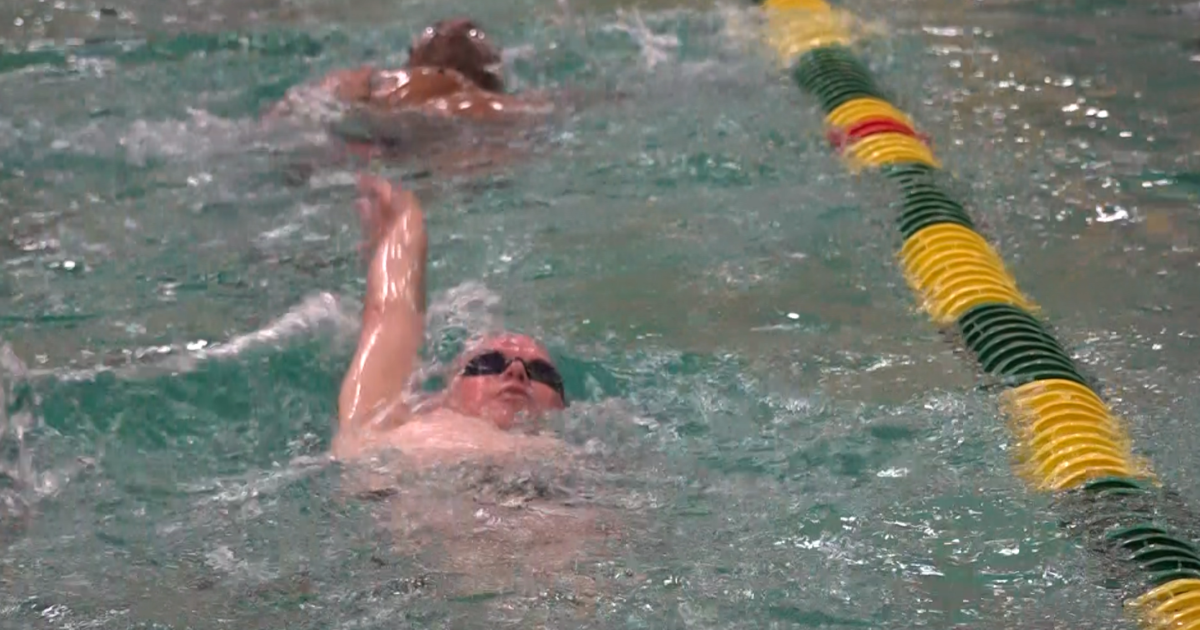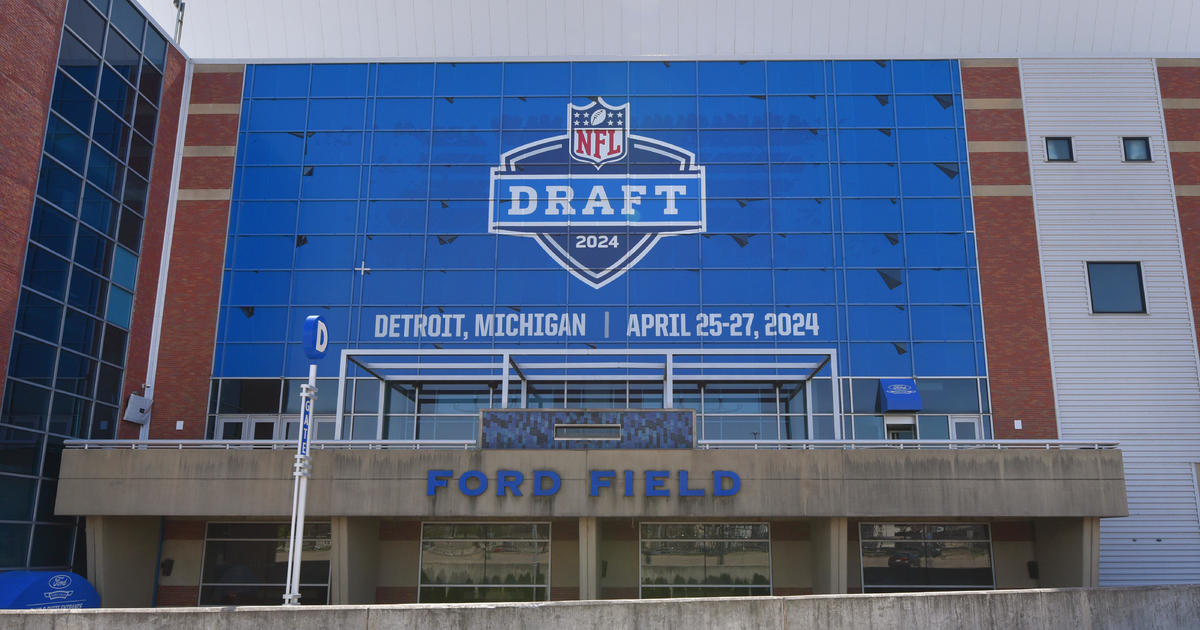Wayne State Prof's Techniques Enable Faster Testing Of Biological Liquids
DETROIT -- Two National Science Foundation grants to a Wayne State University researcher could amount to far more than a drop in the bucket when it comes to handling liquids for biological screening.
Amar Basu, assistant professor of electrical and computer engineering and biomedical engineering at WSU's College of Engineering, received the grants to support his work on microfluidic technologies. The grants, which total $636,000, will help scientists rapidly conduct thousands of chemical, genetic and pharmacological tests through a process called high-throughput screening.
The process is used to identify active compounds, antibodies or genes that modulate biomolecular pathways and can provide the information necessary to design drugs and understand individual biochemical processes. HTS is usually cost-prohibitive because it relies on sophisticated liquid handling robotics, sensitive detectors and, last but not least, the significant recurring cost of expensive biochemical reagents.
Since joining Wayne State in 2008, Basu has been developing techniques for performing biological analysis in microdroplets with nanoliter-picoliter volumes 1,000 to 1 million times smaller than conventional technology.
Analyzing small volumes of a substance, or assays, is a growing trend in the modern biotechnology industry because it dramatically reduces the costs of HTS reagents, improves assay speed and enables new capabilities, such as the ability to culture single cells and control their microenvironment.
"Droplet microreactors have a clear economic benefit in high-throughput biology because the smaller your assay volume, the cheaper it's going to be," Basu said. "From a scientific standpoint, microreactors can give us exciting new ways to study biology at really small size scales, comparable to individual cells. One of the challenges, though, is how we physically handle these tiny droplets, and monitor what is happening inside them. They're so small you can't use conventional tools, so you need some new technology."
The first project, supported by a $335,000 grant through the NSF's Electronics, Photonics and Magnetic Devices program, will investigate what Basu calls a novel approach for controlling the motion of droplets using lasers. Titled "Optofluidic Tweezers" (OFT), the project focuses on a technique that can generate forces 100,000 times larger than traditional optical tweezers. The technology, recently patented by Wayne State's Technology Commercialization Office, enables novel applications in microscale liquid control, particle manipulation and light-directed assembly.
OFT uses Marangoni flow, a surface tension-driven phenomenon that becomes more powerful at a small scale.
Basu uses the Marangoni effect to grab a droplet on the axis of a focused laser, resulting in a class of optical tweezers that can trap and manipulate liquid droplets with large force. By scanning the laser in two dimensions, he can move droplets as needed for liquid handling.
The second project, "Tensiophoresis: Label Free Droplet Sorting in Surfactant Microgradients," funded by a $301,000 grant, is jointly supported by NSF programs in Particulate and Multiphase Processes and Chemical and Biological Separations.
A key operation in droplet assays is the ability to detect chemicals in droplets. Tensiophoresis uses the phenomenon of capillary migration to sort droplets based on their chemical composition, without the fluorescent labels typically required in such assays.
In tensiophoresis, a droplet is placed in a small channel between two liquid streams with different interfacial tensions (IFT). Capillary migration causes the droplet to swim into one of the two streams, enabling researchers to sense and sort proteins within droplets for proteomic applications.
"The ability to sort droplets by their IFT is particularly interesting, because it is closely linked to the droplets' chemical composition," Basu said. "To our knowledge, this is the first label-free approach for sorting these tiny microreactors based on their biochemical contents."
Preliminary data, he said, suggests it may be able to detect levels of protein as small as a picomole or a trillionth of a mole, inside the drop.
Together, the two grants will help Basu's lab expand its development of biotechnologies for medical research, clinical diagnostics and environmental screening.
More information on the Microfluidic and Bioinstrumentation Lab can be found at www.microfluidics.wayne.edu.



